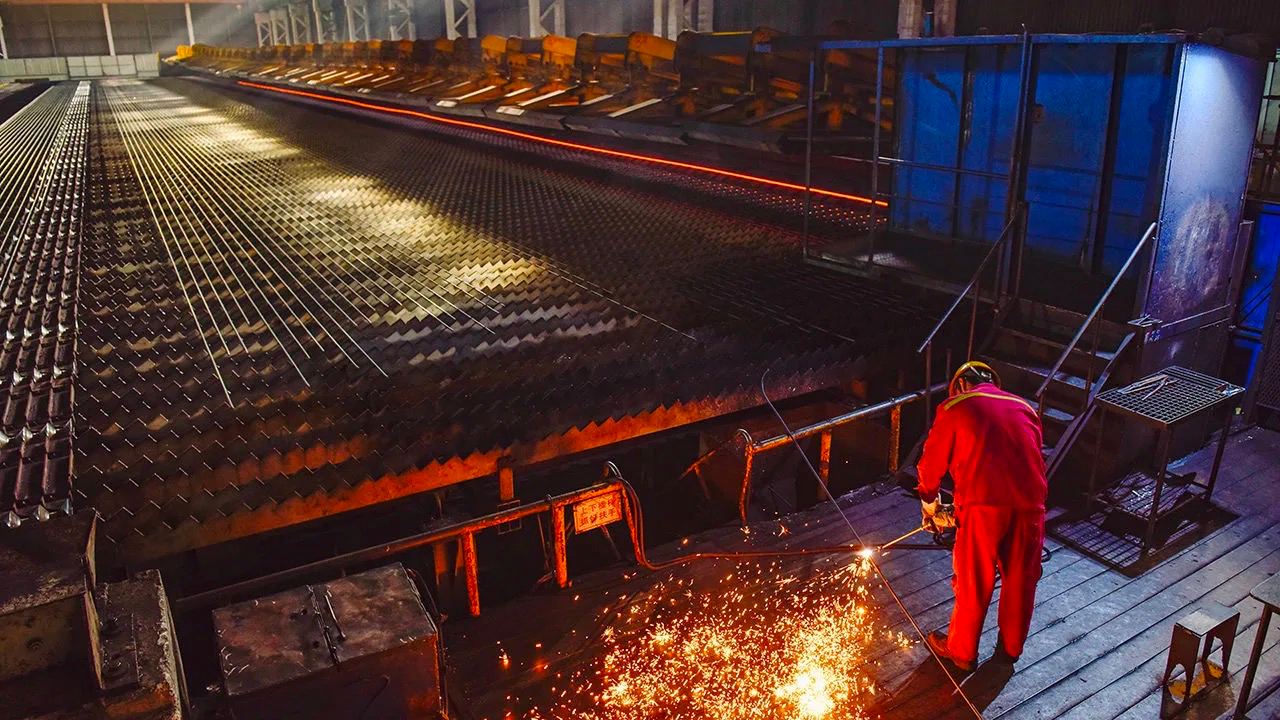Perhaps AI is a busted flush. Perhaps the revolution will just take time
Many economists believe that generative artificial intelligence (ai) is about to transform the global economy. A paper published last year by Ege Erdil and Tamay Besiroglu of Epoch, a research firm, argues that “explosive growth”, with gdp zooming upwards, is “plausible with ai capable of broadly substituting for human labour”. Erik Brynjolfsson of Stanford University has said that he expects ai “to power a productivity boom in the coming years”.
For such an economic transformation to take place, companies need to spend big on new software, communications, factories and equipment, enabling ai to slot into their production processes. An investment boom was necessary to allow previous technological breakthroughs, such as the tractor or the personal computer, to spread across the economy. From 1992 to 1999 American nonresidential investment jumped by 3% of gdp, for instance, driven in large part by extra spending on computer technologies. Yet so far there is little sign of an ai splurge. Across the world, capital expenditure by businesses (or “capex”) is remarkably weak.
After sluggish growth in the years before the covid-19 pandemic, capex increased as lockdowns lifted (see chart). In early 2022 it was rising at an annualised rate of about 8% a year. A mood of techno-optimism had gripped some businesses, while others sought to firm up supply chains. Capex then slowed later the same year, owing to the effects of geopolitical uncertainty and higher interest rates. On the eve of the release of Openai’s gpt-4 in March 2023, global capex spending was growing at an annualised rate of about 3%.
Today some companies are once again ramping up capex, to seize what they see as the enormous opportunity in ai. This year forecasters reckon that Microsoft’s spending (including on research and development) will probably rise by close to 20%. Nvidia’s is set to soar by upwards of 30%. “ai will be our biggest investment area in 2024, both in engineering and compute resources,” reported Mark Zuckerberg, Meta’s boss, at the end of last year.
Elsewhere, though, plans are more modest. Exclude firms driving the ai revolution, such as Microsoft and Nvidia, and those in the s&p 500 are planning to lift capex by only around 2.5% in 2024—ie, by an amount in line with inflation. Across the economy as a whole, the situation is even bleaker. An American capex “tracker” produced by Goldman Sachs, a bank, offers a picture of businesses’ outlays, as well as hinting at future intentions. It is currently falling by 4%, year on year.
Surely, with all the excitement about generative ai’s potential, spending on information technologies is at least soaring? Not quite. In the third quarter of 2023 American firms’ investment in “information-processing equipment and software” fell by 0.4% year on year.
Similar trends are observable at a global level. According to national-accounts data for the oecd club of mostly rich countries, which go up to the third quarter of 2023, investment spending—including by governments—is growing more slowly than in the pre-pandemic years. A high-frequency measure of global capex from JPMorgan Chase, another bank, points to minimal growth. With weak capex, it is no surprise that there is little sign of productivity improvements, according to a real-time measure derived from surveys of purchasing managers (see chart).
An official survey in Japan does point to sharply higher capex growth in the future, after years of sluggishness. Yet this probably reflects factors specific to that country, such as reforms to corporate governance. And in most places outside America the situation is rather less encouraging. A worsening outlook for the economy in Europe does not help. Investment intentions of services companies in the European Union are less than half as ambitious as they were in early 2022. British businesses plan to raise capex by a mere 3% over the next year, compared with 10% when asked in early 2022.
These trends suggest one of two things. The first is that generative ai is a busted flush. Big tech firms love the technology, but are going to struggle to find customers for the products and services that they have spent tens of billions of dollars creating. It would not be the first time in recent history that technologists have overestimated demand for new innovations. Think of cryptocurrencies and the metaverse.
The second interpretation is less gloomy, and more likely. The adoption of new general-purpose technologies tends to take time. Return to the example of the personal computer. Although Microsoft released a groundbreaking operating system in 1995, American firms only ramped up spending on software in the late 1990s. Analysis by Goldman Sachs suggests that while only 5% of chief executives expect ai to have a “significant impact” on their business within one to two years, 65% think it will have an impact in the next three to five. ai is still likely to change the economy, but with a whimper not a bang.








